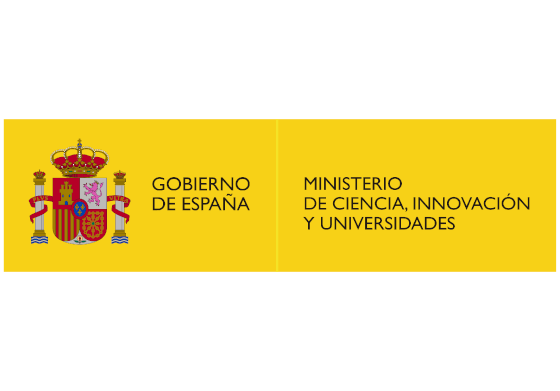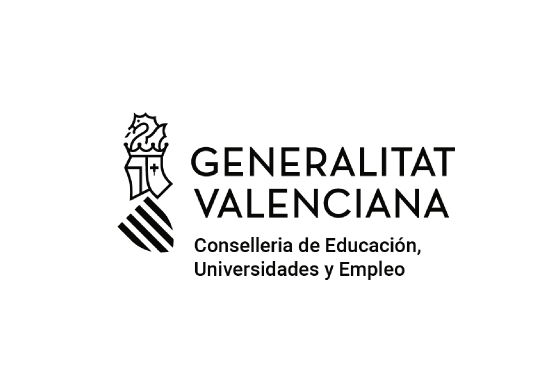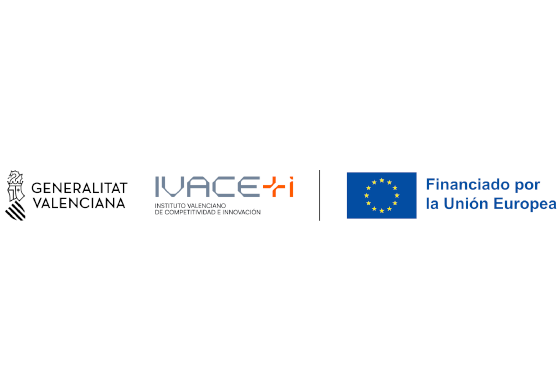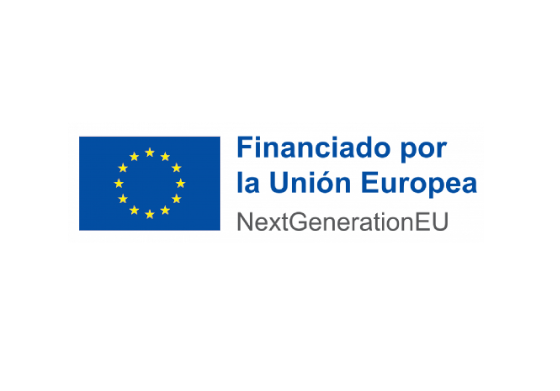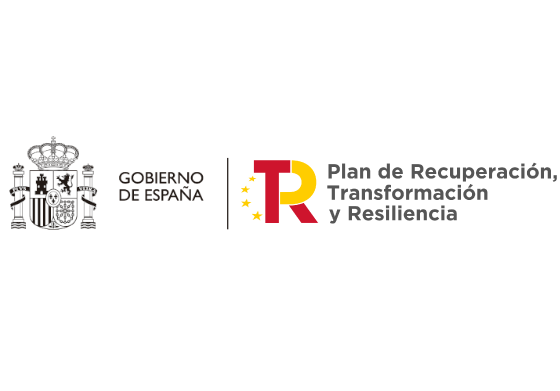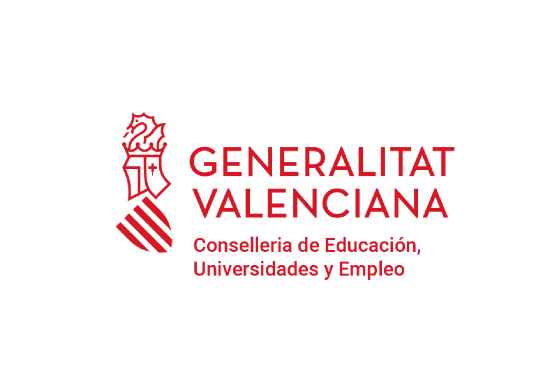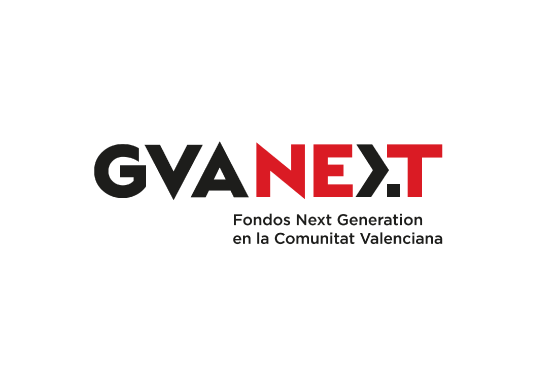Example #1
Juan Bisquert (M.Sc. degree in physics in 1985 and the Ph.D. degree in 1992, both from the Universitat de València, Spain) worked in the Universidad de Castilla-La Mancha, Albacete, from 1987 to 1992, and is a professor of applied physics at Universitat Jaume I de Castelló (2004). At UJI he is the director of the Institute of Advanced Materials, that develops research activity on materials, nanostructures and devices for production and efficient use of clean energies. He published 320 papers in research journals, and a reference book, Nanostructured Energy Devices. He has 14000 citations and h-index 71. He is a Senior Editor of the Journal of Physical Chemistry Letters and member of the editorial board of Energy and Environmental Science, ChemElectroChem and the South Korean Journal of Electrochemical Science and Technology. He has been distinguished in the 2014 and 2015 list of ISI Highly Cited Researchers. He cooperates with research project management with King Abdulaziz University and King Saud University of Saudi Arabia. He conducts experimental and theoretical research on materials and devices for production and storage of clean energies. His main topics of interest are materials and processes in perovskite solar cells and solar fuel production. He has developed the application of measurement techniques and physical modeling of nanostructured energy devices, that relate the device operation with the elementary steps that take place at the nanoscale dimension: charge transfer, carrier transport, chemical reaction, etc., especially in the field of impedance spectroscopy, as well as general device models.
Example #2
Eduardo Peris (Researcher ID: C-8608-2013)graduated in Chemistry in 1988 in Valencia. He received his Ph.D. Degree in Chemistry (1991) in the Universidad de Valencia, under the supervision of Prof. Pascual Lahuerta. In 1994 he joined Robert Crabtree’s group at Yale University, where he stayed for two years, working on a research project regarding the determination of hydrogen bonding to metal hydrides (dihydrogen bond). In October 1995 he moved to the Universitat Jaume I (Castellón-Spain) as an Assistant Professor (1995-1997), Lecturer (1997-2007) and finally Professor of Inorganic Chemistry. At the Universitat Jaume I he started a research project related to the use of organometallic push-pull compounds with non-linear-optical properties. The current interest of his group is the design of new polytopic rigid N-heterocyclic carbene ligands (NHCs) that can be applied to the preparation of improved catalysts and advanced materials with attractive physical properties. He has published over 170 research articles, which currently achieved more than 9400 citations. His h-index is 52. In 2007-2011 he belonged to the editorial board of Organometallics. In 2012 he was awarded the ‘Spanish Royal Society of Chemistry ’ award in the field of Inorganic Chemistry Research. In September 2014, he was elected President of the Spanish Organometallic Chemistry Division (GEQO), from the Spanish Royal Society of Chemistry (RSEQ).
Example #3
Francisco Fabregat Santiago (B.Sc. in Physics at Universitat de Valencia and University of Leeds in 1995 , Ph.D. from Universitat Jaume I in 2001). He joined Universitat Jaume I in 1998 where he is currently Associate Professor at Physics Department since 2010 and active member Institute of Advanced Materials (INAM). Among others he made several research stays at Uppsala University, Imperial College, École Polytechnique Fédérale de Lausanne. He authored 100 peer reviewed papers and book chapters, that accumulate more than 8500 cites with an h-index of 43. Dr. Faregat-Santiago is an expert in electro-optical characterization of devices and particularly known by his works in the use of the impedance spectroscopy to model, analyze and interpret the electrical characteristics (charge accumulation, transfer reactions and transport) of films and devices including ZnO and TiO2 nanostructured films (nanocolloids, nanorods and nanotubes), dye sensitized solar cells, electrochromic materials and liquid and solid state hole conductors. His current interests are focused in the in the analysis of the fundamental properties of nano and bio materials for their application in solar cells, photoinduced water decontamination, bio-energy and sensors.

